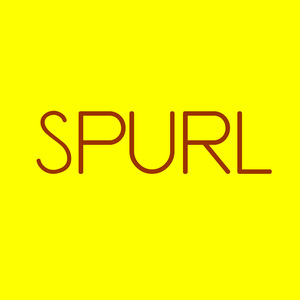My rent was overdue a week and I only had one dollar in my pocket. I had had two warnings from my landlady. In my refrigerator there was some American cheese and soda water. Also a can of peaches someone had given me as a joke, I forgot what the joke was. But that would see me through a day or two.
I took the dollar, my last, and went to the movies to see one of my old pictures, Kiss Tomorrow Goodbye with James Cagney. I enjoyed it very much but it was ironic that I had been paid so many thousands of dollars to do it and I only had a dollar left to see it.
All during the picture I kept my mind off my troubles – I couldn’t solve them anyway. Then I walked home just thinking about how I loved to act and make movies.
I hadn’t eaten all day so I opened the can of peaches. They were delicious and the whole can filled me up. Then I looked around through all my things to see what I could pawn. There wasn’t anything. I was down to bedrock.
But I still had a telephone. I went through my address book. I had borrowed from everybody. Some, more than once. There were still men who would take me out to dinner. But how do you live on no money at all?
I didn’t answer the knock on my door because I knew it was the landlady and I wasn’t ready to talk to her yet.
I looked in the mirror. To me I looked the same as ever – just as I had in the movie. What had happened? I undressed and looked at myself in the nude – not much change. I could lose five pounds but not more. I put on a dressing gown and washed the peaches dish and spoon.
There was a knock on the door. I opened it this time. It was the landlord, a tall, kindly man browbeaten by his wife. “I’m sorry,” he said, “but my wife says your rent is overdue.” He said it as if his wife had made some mistake.
“Come in,” I said, with what little charm I could muster for the situation.
He came in and stood, looking uncomfortable. “Wasn’t it a lovely day?” he said finally.
I nodded. I knew landlords such as these had heard every excuse in the book but I decided to try one anyway.
“Mr. Gordon,” I explained. “My husband’s alimony check, which is usually here long before this, should definitely be here tomorrow. I can almost guarantee it. I will slip the hundred-dollar check under your door before noon.”
He looked miserable. “My wife said – I have nothing to do with it – that I should either get the rent money or ask you to move out . . . tonight.”
“Don’t look so sad,” I said. “If that’s what she wants, that’s what it will have to be. I really don’t have any money.”
We both just stood there. “Could I . . . lend you five dollars for food?” he said.
I just shook my head “no.” Then, though I had been feeling great and had been smiling just a few minutes before, I suddenly burst into tears, great gulping sobs accompanying them. It seemed as if the whole world was collapsing on me.
Mr. Gordon patted me on the shoulder at arm’s length and tried to give me a handful of crumpled bills. I wouldn’t take them but I put my head on his chest and continued to sob.
“Please,” he said, “don’t cry. I’ve collected other rents and I have some money. My wife won’t know – if you can pay in a week it will be alright.”
A week. It sounded glorious, but what then? It was no silver lining to my black clouds.
I tried to stop crying. “Don’t worry about me. I’ll be alright – honest I will.”
He patted my head. Then he kissed my forehead gently. “I’d help you if I could. My wife . . . ”
I nodded understandingly and went to brush my hair back with my hand. It hit his hand by accident and some of the money fell to the floor. I bent to pick it up for him and when I handed it to him I noticed he was staring. I looked down and my dressing gown was open, showing almost everything I had.
“I’m sorry,” I said.
He swallowed hard. “You . . . ” I don’t know what he wanted to say, but he moved to me as if in a trance and moved his hand from my neck down past my breasts. I didn’t try to stop him.
He kissed me gently again, this time on the lips. “The hundred dollars,” he said, “is in my wall safe. I’ll pay your rent. It’s my fishing vacation money. I need you – to prove I’m a man. To prove to me . . . I mean.”
I would have gone to bed with him for nothing. I had a great compassion for him. I locked the door and dropped my dressing gown.
My rent was paid for one more month.















